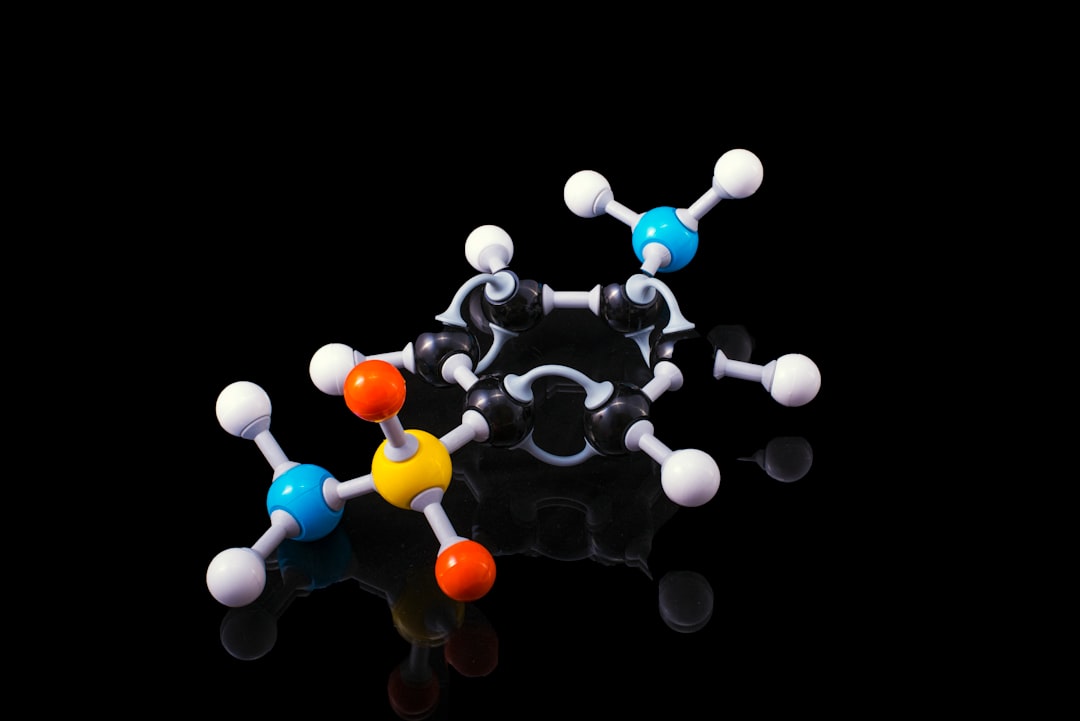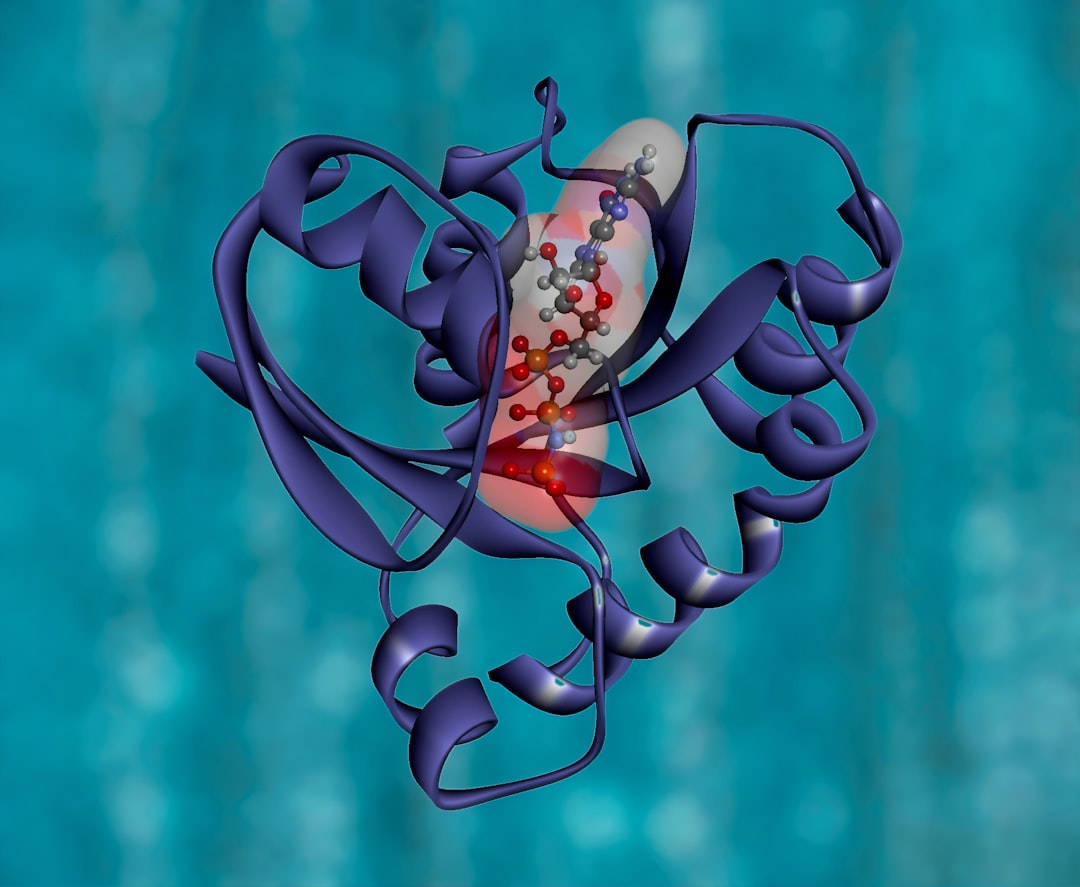What is it about?
A great deal of evidence suggests that endogenous nucleosides, such as adenosine (Ado), guanosine (Guo), inosine (Ino) and uridine (Urd), participate in the regulation of pathomechanisms of epilepsy. Adenosine and its analogues, together with non-adenosine (non-Ado) nucleosides (e.g., Guo, Ino and Urd), have shown antiseizure activity. Adenosine kinase (ADK) inhibitors, Ado uptake inhibitors and Ado-releasing implants also have beneficial effects on epileptic seizures. These results suggest that nucleosides and their analogues, in addition to other modulators of the nucleoside system, could provide a new opportunity for the treatment of different types of epilepsies. Therefore, the aim of this review article is to summarize our present knowledge about the nucleoside system as a promising target in the treatment of epilepsy.
Featured Image
Why is it important?
Despite newly developed antiepileptic drugs to suppress epileptic symptoms, approximately one third of patients remain drug refractory. Consequently, there is an urgent need to develop more effective therapeutic approaches to treat epilepsy.
Perspectives
Because of the limited efficacy of antiepileptic therapy, approximately one third of epileptic patients are refractory to the available antiepileptic drugs, and the treatment of their epileptic syndromes remains unsolved. Thus, finding safe and well-tolerated drugs, such as Ado, Urd, Ino and Guo or other endogenous molecules (by which serious side effects may well be avoidable), or developing their analogues remains a high priority and a great need in epilepsy research. All available evidence suggests that the enhancement of endogenous antiepileptic mechanisms by increasing nucleoside levels in the brain may be a safe and effective therapeutic approach for the treatment of epilepsy. This review article presented literature data supporting the notion that not only Ado but also Urd, Ino and Guo, (i) may play important roles as endogenous anticonvulsant signaling/modulator molecules and (ii) may represent new pharmacological tools to treat different types of epilepsies.
Dr Zsolt Kovacs
Eötvös Loránd University
Read the Original
This page is a summary of: The Antiepileptic Potential of Nucleosides, Current Medicinal Chemistry, January 2014, Bentham Science Publishers,
DOI: 10.2174/1381612819666131119154505.
You can read the full text:
Resources
Contributors
The following have contributed to this page










